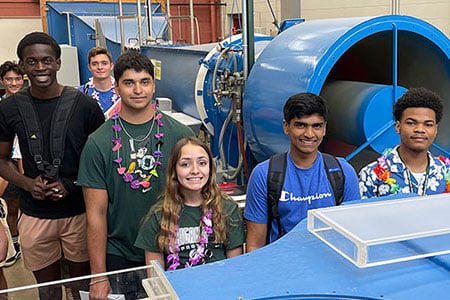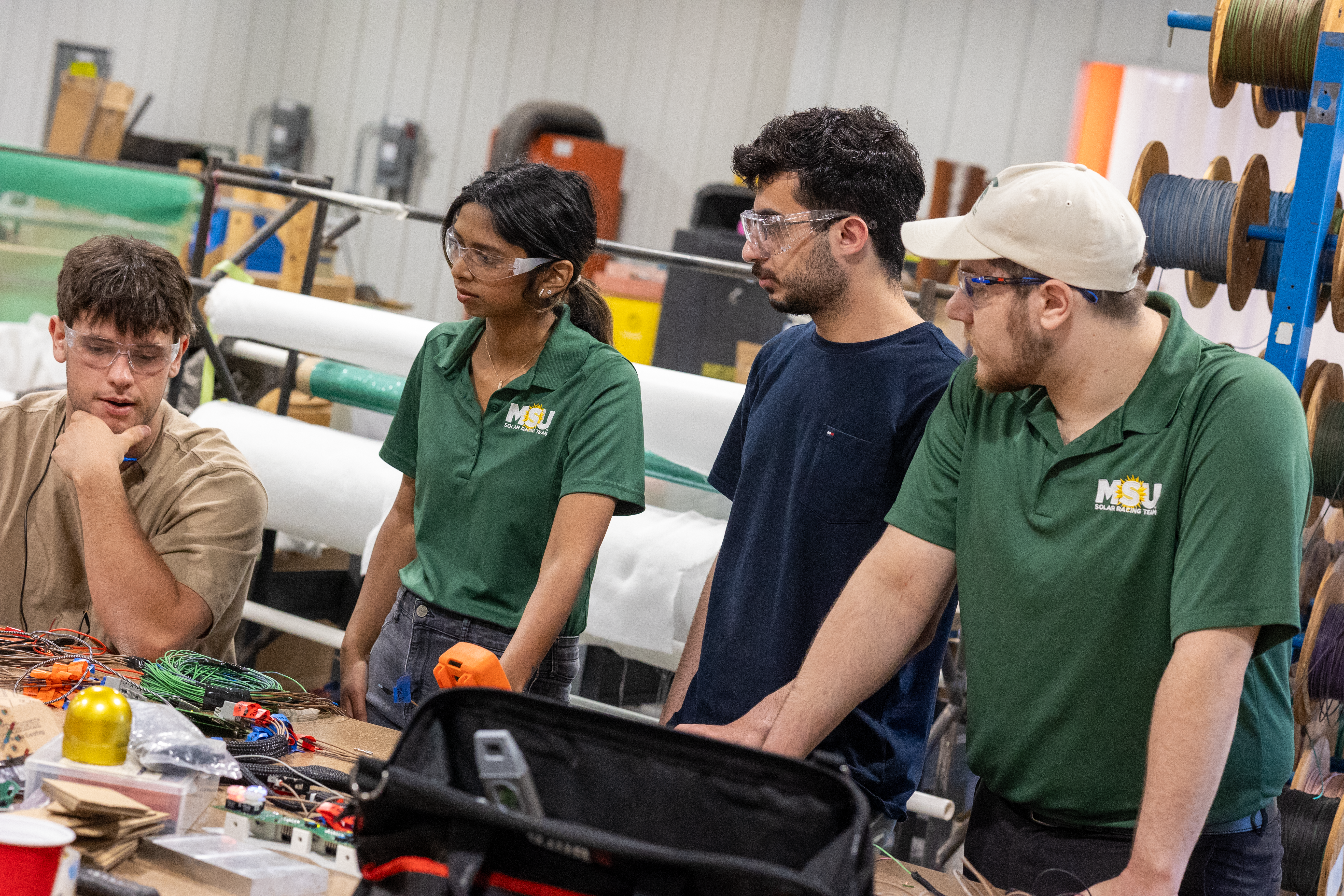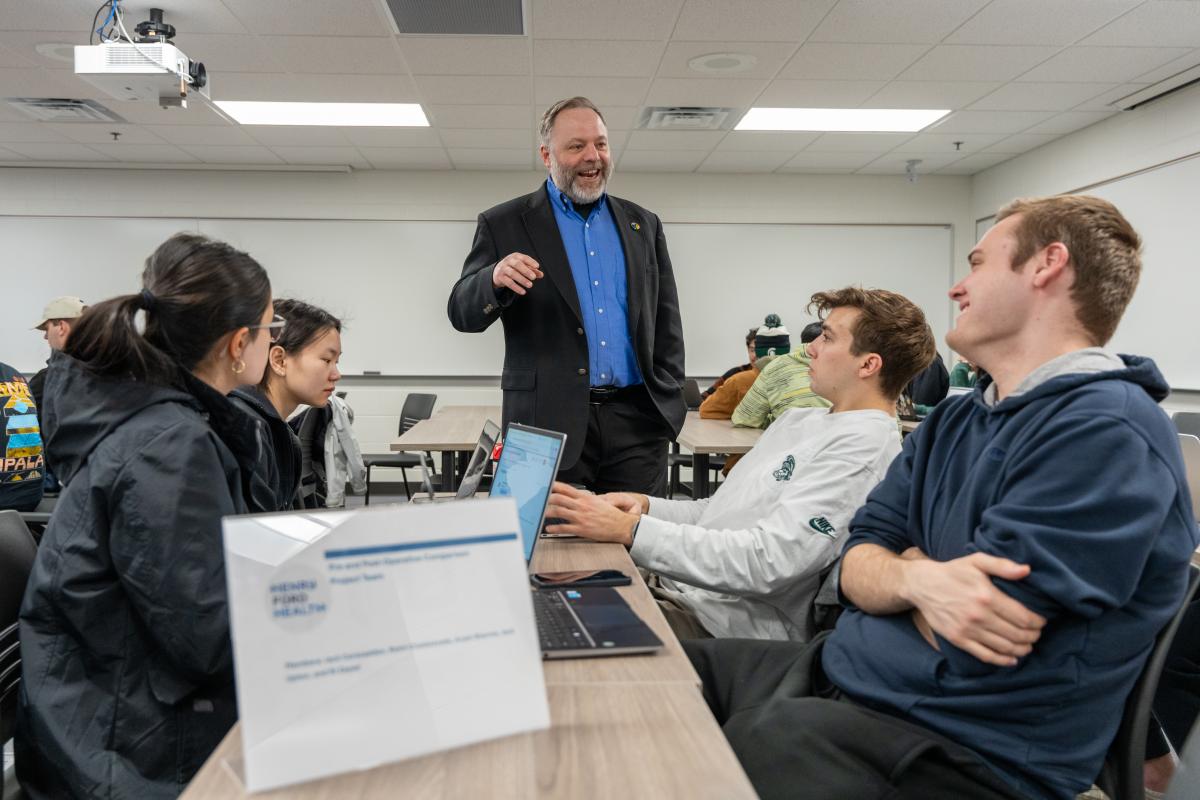Dirk Colbry, senior specialist-curriculum development, Department of Computational Mathematics, Science and Engineering, was sited in an article about faculty adapting AI tools in the classroom to provide personalized feedback and enhance learning.
Read an excerpt from the story below:
Time for change
Faculty are embracing generative AI as the future. They’re changing the way they teach to focus on problem-solving and connecting concepts. Some believe the new technology could be the catalyst students need to push past striving for good grades to instead focus on learning and critical thinking. Coding classes are teaching students not just how to write code, but also to write prompts to generate the code and check it for mistakes.
Dirk Colbry is a senior specialist in the Computational Mathematics, Science and Engineering Department, a shared department of the College of Natural Science and the College of Engineering. He believes faculty can’t afford to keep teaching as if generative AI doesn’t exist. Students can use generative AI as a crutch or as a tool. It all depends on how faculty teach their classes.
“My argument has always been that it isn’t going away,” Colbry said. “You can’t put the genie back in the bottle. We have to adapt or die. It’s just a matter of time before AI is even more advanced. It’s coming very quickly.”
Generative AI is the latest of many tools that have changed how classes are taught. Once upon a time, educators worried that calculators would become a crutch, and students wouldn’t learn math fundamentals. The dawn of the internet, then Google and Wikipedia, also brought hand-wringing that technology would spell the end of education.
In a way, the worriers were right, Colbry said. Students could use calculators and Google to easily find answers instead of memorizing facts. ChatGPT is likely to be more of the same.
But the answer isn’t to get rid of technology, Colbry said.
What does high-level thinking look like?
Colbry said he doesn’t teach programming the same way he used to because the field is forever changed. Generative AI can already effectively write code. What students really need to know is how to evaluate that code and check for mistakes.
For example, his assessments don’t ask students to write code. Instead, students are instructed to write a prompt for AI to generate code. Then, they explain how they knew the code was correct. Colbry might also show students an error message and ask them what it means and how they would fix it.
“We’re switching our learning goals away from spitting out knowledge and moving toward evaluating and testing,” Colbry said. “That is actually what we’ve always wanted to teach. It’s just that we couldn’t because we had to worry so much about the students getting the syntax right first. Now this lowers that barrier and makes for better students.”
“Instead of saying ‘No, you can’t use that,’ we need to change our teaching model, and possibly our metrics,” Colbry said.
Read more about how AI tools are enhancing learning.
Original story by Bethany Mauger appeared in the College of Natural Science website.
MSU College of Engineering Media and Public Relations page






